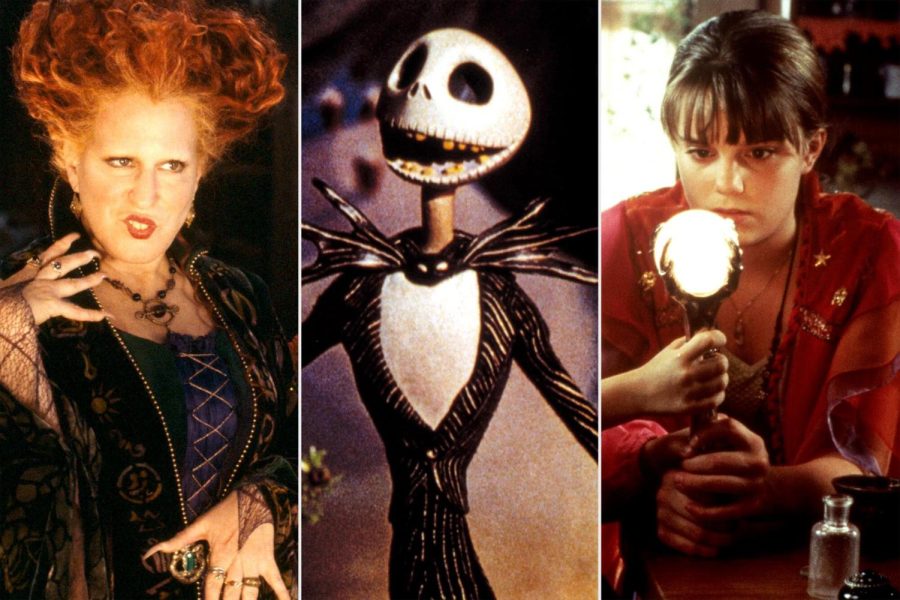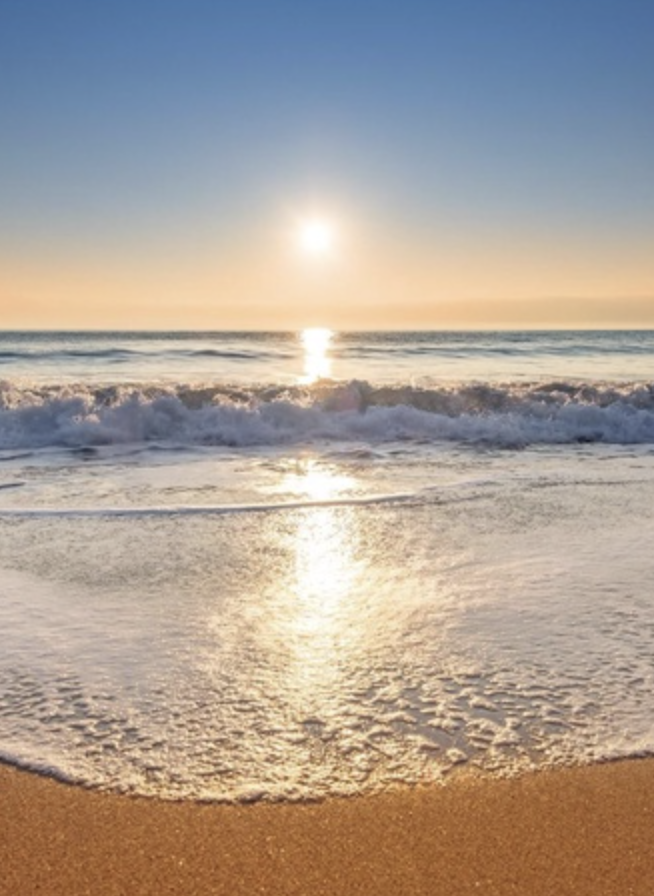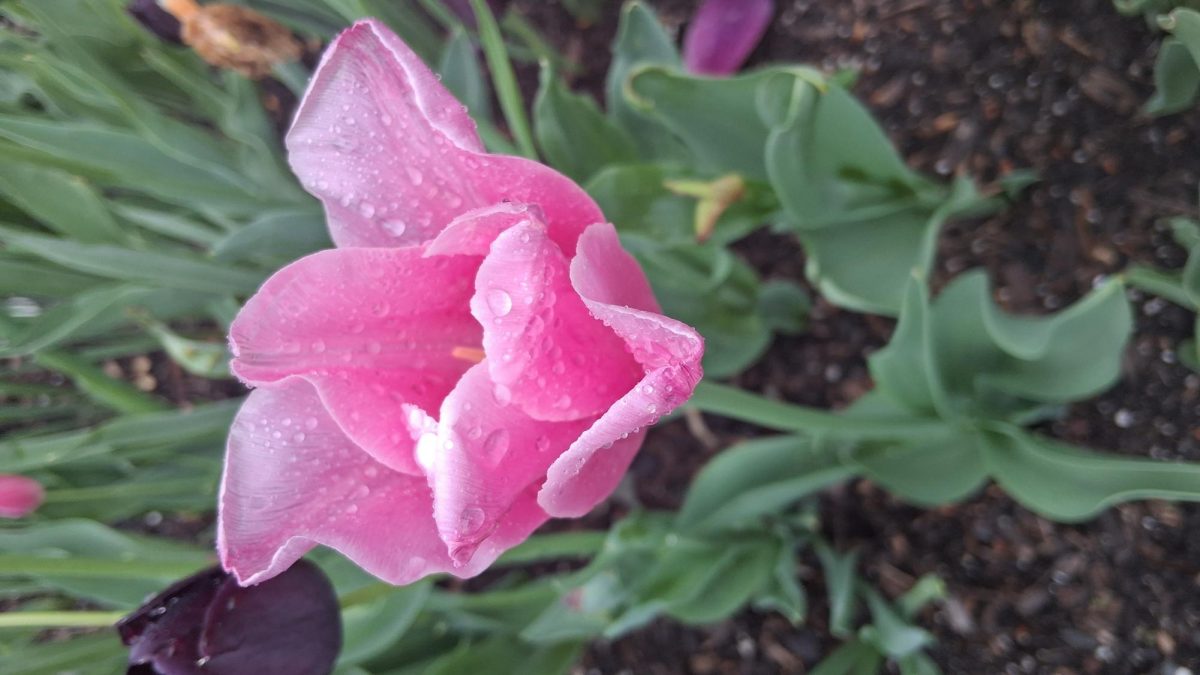I remember the rush of excitement I felt every day after school, eager to catch the latest episode of Dragon Ball Z. It was my favorite show, and I couldn’t wait to see what plan Goku would have next.
From thrilling adventures, where heroes battle monsters, discover new worlds, or face dangerous enemies, to characters that go through life-changing events, anime has become not just my nostalgic guilty pleasure, but also a global favorite, attracting millions of people worldwide. With its unique illustrations, impressive narratives, and a variety of themes—from sci-fi and fantasy to significant emotional explorations—anime has crossed cultural boundaries and attracted audiences from different backgrounds.

Created in Japan, anime is making its way into American culture as an influential impact because of its unique art style, deep character development, and variety of genres. Japan is famous for its cultural history and its delicious foods, and now, anime and manga—the term given to Japanese comics and graphic novels that contain a narrative sequence—have been incorporated as they appeal to a wide range of audiences.
In the past, many Asian countries, particularly Japan, were often misunderstood and negatively stereotyped in the United States, especially after the Cold War. However, anime has played a significant role in changing these perceptions. It has introduced viewers to the richness of Japanese culture, sparking curiosity and interest in the country. As a result, anime has not only influenced global entertainment but also inspired people to explore places like Japan and China, further breaking down cultural barriers.
What makes anime so popular globally, and what makes it so captivating? Western animation and film greatly impacted the emergence of anime and manga at the beginning of the 20th century. Japanese animators began to experiment with short, hand-drawn films in the 1910s and ‘20s, blending their traditional arts and Japanese folklore with an imitation of Western techniques. However, anime didn’t start to gain recognition until the years following World War II, thanks to the works of Osamu Tezuka.

Being exposed to manga and animation throughout his childhood, Tezuka grew interested in visual arts. As he got older, his aspirations did as well—for storytelling, being an entertainer, an innovator, a doctor, a businessman, an animator, and an artist.
Osamu Tezuka, the “God of Manga” (Japanese graphic novels or comics), revolutionized anime with Astro Boy. Introducing serialized storytelling, Tezuka developed characters and cinematic techniques, shaping modern anime.
Anime has come into its own since it was first introduced by Tezuka. From cinematic masterpieces by Studio Ghibli—a Japanese animation studio located in Koganei, Tokyo—to enduring serials such as Naruto and One Piece, anime captures the full range of human experiences: love, loss, companionship, and identity.
In today’s world, it influenced innovators in cinema, television, and even fashion. The emotionally relatable and personal yet imaginative storytelling. A sense of realism makes it unique from its imagination of drawings. Anime can go as far as your imagination can go. Many genres can come from just this one subject. It offers a demographic sort of like YouTube. You don’t like romance? There’s action. A fan of sports. Yup! Anime has that too! Anime is a limitless genre targeting all ages from around the world.
Japan’s Rich Influence on Anime
Japan’s history, culture, art, and tradition are beautiful and have influenced anime’s cultural roots. It is, perhaps, the strongest way of reflecting the culture, values, and identity of Japan.
It started back in the early 20th century, with artists experimenting with hand-drawn animation, trying to connect Western techniques and traditional Japanese art forms. Over time, these early efforts evolved into something different from other forms of animation and storytelling that integrated characteristics that are unique in Japan.
Anime has taken in elements of Japanese folklore, religious beliefs, and social values, like respecting nature and community. This combination has inspired millions, with themes that range from love and adventure to personal growth and big questions about life. More than just entertainment, anime connects people and cultures, showing it’s truly an art form.
Anime shows off Japanese culture, especially when it comes to nature, spirituality, and community. Take Princess Mononoke—a 1997 Japanese animated historical fantasy film written and directed by Hayao Miyazaki and animated by Studio Ghibli. It deals with spirits, nature, and the fight to keep things in balance, which is significant in Japan.
Anime loves showing teamwork and family as keys to growing up, teaching lessons about working together that some Americans probably heard about when having family dinners.
Western cartoons, on the other hand, are most often about laughs and big silly moments—compare Dragon Ball Z with Looney Tunes. While Looney Tunes provides laughs and entertains children, Dragon Ball Z involves crazy fights, but the deeper meaning behind it motivates you to push yourself, all while throwing punches at people who are probably way too strong for you. The art in anime is usually super detailed and intense, while Western cartoons are often short films aimed at children. So while Western cartoons might focus on laughs, anime brings in a whole range of emotions and life lessons, with a few epic battles included, that children, teenagers, and adults alike can connect with.
Anime blends traditional values, like perseverance and family bonds, with meaningful Japanese symbols like cherry blossoms, which remind viewers to appreciate life. For example, shows like Demon Slayer reflect traditional values. These elements make anime more than just entertainment—it’s a way to share lessons and deeper meanings.
Passionate fans of anime have been surprised by its growth and influence, Mr. Michel Encarnacion, a math teacher at Passaic Prep and advisor of the school’s Anime Club. As a passionate fan, he shared his thoughts on anime’s growth and influence…
“When it first came out, anime was unpopular, and fans were considered ‘nerds.’ But in the early 2000s, it exploded, and now everyone’s into it—which seems weird to me,” he said.
On its impact, he added, “There’s a study that says kids who watched Dragon Ball Z grow up to be better adults, and I think it’s true. #dragonballforever. There’s anime for kids and adults, and it brings people of all ages together.”
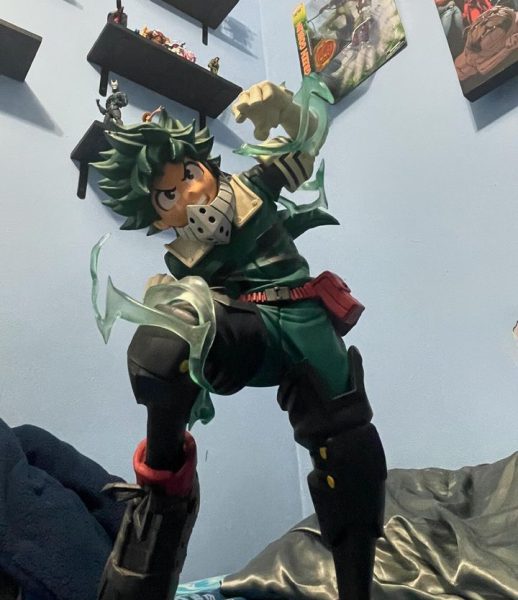
Mr. Encarnacion said that anime is more than a show—it’s a powerful way to connect people everywhere through stories, lessons, and art.
In anime, large eyes, exaggerated facial expressions, and bright colors contribute to a character’s image. These tiny details help show emotion and make characters easier to connect with. They often even have colorful hair and backgrounds that can be simple or very detailed depending on the scene.
Characters with bright hair or outfits usually stand out. For example, bold red hair might show a character’s passion, while softer tones could show innocence. Colors aren’t just there to look cool; they carry a lot of meaning and give us a hint to understand the characters. Which is why these tiny details can make everything much more engaging.
Anime’s Impact Worldwide
Anime has become a global sensation, attracting fans of all ages and backgrounds. In Japan, the biggest group of viewers is young adults (ages 15-34). Anime is popular in countries like the U.S., Brazil, and France. In the U.S., it’s especially popular among those between the ages of 18 and 34 due to streaming platforms like Netflix. It also appeals to both men and women, with different genres. A study from Polygon found that 42% of Gen Z respondents watch anime weekly.
Anime has gained a surprising fan base among members of the Mexican cartel, reflecting the genre’s broad appeal across diverse groups. According to various reports, anime’s global popularity has extended to the cartel, with some members even tattooing anime characters on their bodies. This unexpected interest in anime has led to a cultural exchange of sorts, with cartel members incorporating anime-inspired imagery into their propaganda and even using anime soundtracks in their videos. While the cartel’s interest in anime may seem insignificant, it highlights the global reach and influence of Japanese pop culture.
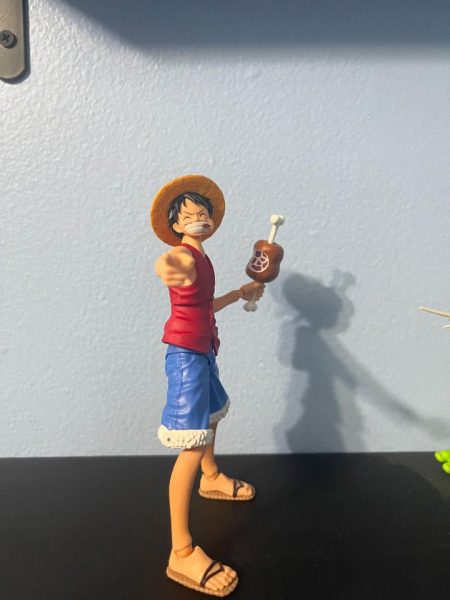
Alejandro Leal, a senior here at Prep and a member of the Anime Club, has been a lifelong anime fan.
“One Piece is my favorite anime; I like the comedy and the cool-looking characters,” he said. “I also love the story and the way it comes together in later episodes. What interested me about anime was the style and art. I also like how the only limit to the story and play is the lack of imagination. Yes, I do believe that anime appeals to any age group and ethnicity, but it also depends on a person’s taste. The influence anime has had on me is strong. It inspired me to be more positive like Luffy, the character from One Piece.”
Shows such as One Piece, My Hero Academia, Naruto, Dragon Ball Z, Demon Slayer, and Haikyuu catch people’s attention with vibrant colors, exaggerated expressions, and unique characters.
The popularity of anime varies across different regions, including the U.S., Latin America, and Europe. Interestingly, anime has become extremely popular in Latin America and with some Hispanic audiences. Fans from diverse cultural backgrounds have shared their perspective on anime, sharing what draws them to the genre, how it relates to their cultural heritages, and their favorite anime shows.
Angel Perez, a senior at Prep, is a huge fan of Dragon Ball Z.
“Anime often carries valuable life lessons that can be applied to daily life,” he said. “For example, Dragon Ball Z had a profound impact on me, especially during the Cell Saga. In the final stages, Gohan struggles to defeat Perfect Cell, and Goku motivates him by saying, ‘Will you stop attacking yourself! I don’t know where you got it in your head that there’s something wrong with you, ’cause there’s not!’ This scene resonated deeply with me. Like Gohan, I often felt like a failure despite being praised for my accomplishments. Watching him overcome his doubts inspired me to confront my mental barriers. While it’s not easy, I try to apply this lesson to my life.
What draws me to anime is its storytelling compared to Western cartoons. Shows like Tom and Jerry or Scooby-Doo focus on individual plots, whereas anime often weaves ongoing stories across episodes. I also enjoy learning about Japanese culture, which adds to my appreciation for anime. Another aspect I love is the fighting animation and gore, especially in early Dragon Ball Z. A standout scene for me is Piccolo vs. Android 17—the animation and effects make it a joy to watch over and over again.”
Overall, anime provides a more fulfilling experience with its detailed narrative, cultural depth, and remarkable action scenes. It’s these elements that have people wanting more, eager to find out more, and admiring the creativity behind each series.
Exploring the Differences and Similarities Between Anime and Cartoons
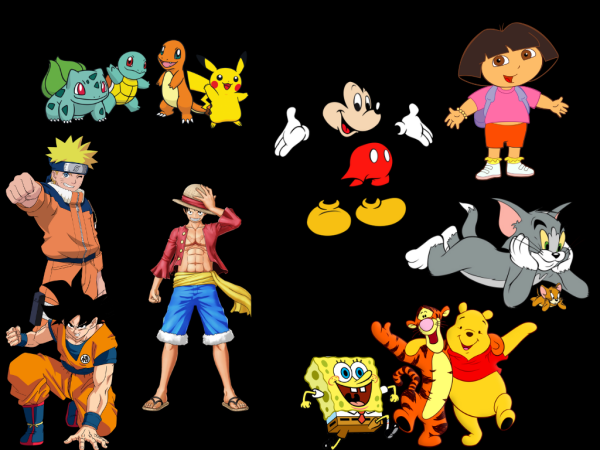
So, has anime replaced American animation? Not exactly. It’s more like it brought something new to everyone. American cartoons like Looney Tunes are amusing, but anime brings in a whole different vibe with emotional depth, action, and life lessons. Storytelling is a combination of several things; one minute you’re laughing, and the next you’re learning something important about life. Anime’s roots are deeply connected to Japanese culture, which gives it a unique style that sets it apart from typical Western cartoons.
Although American cartoons remain entertaining, the rise of anime has introduced a new level of emotional depth, action, and life lessons, leaving people wondering if American animation can adapt to the changes in storytelling and animation.
Randy China is a senior here at Prep and a big fan who has devoted a lot of free time to anime.
“I love how immersed I feel when watching it, especially if you find a good anime with saucy characters. It’s overall just cool to me, and it’s something I’m familiar with. When I was little, there wasn’t much to watch, so I’d end up watching a lot of Dragon Ball Z with my cousins, and I know that’s prominent in Hispanic culture. I think Dragon Ball Z alone carries the Hispanic community. I know some characters, like Tanjiro or Mumen Rider, embody what it means to not give up, but one of my top favorite anime characters is Rengoku from Demon Slayer, and I live by his words daily.”
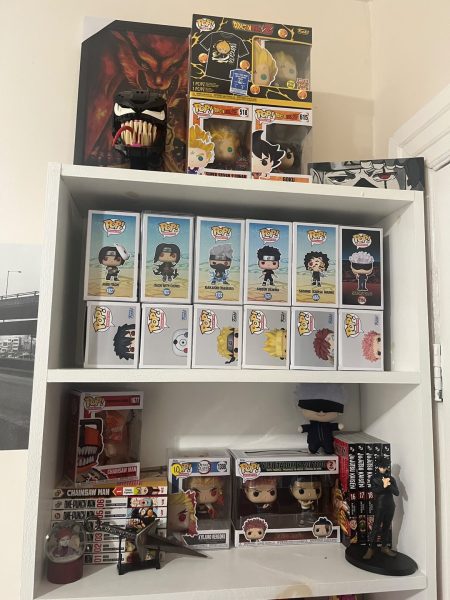
The blending of anime into American cartoons has even impacted independent artists. Independent artists and creators are also finding inspiration in both anime and American cartoons, blending elements from each to create unique works. You can see this in online comics, fan art, and even in animated short films. It’s a cool time for animation, with so many different influences coming together to shape the future of the art form.
Allen Watson is Prep’s Digital Arts Pathway teacher and is an artist.
“I’ve always wanted to draw cool things. I like superheroes, fantasy, dragons, fire, brimstone, fire, zombies, and all that stuff, so what else do you do if you like doing that stuff you want to create? That was the genesis of my journey. In terms of anime, I got started pretty much like everybody else with Dragon Ball Z, so the epicness was cool.
I tried to take lesser-known things, people of different ethnicities, and people who don’t always get the spotlight. That’s usually how I start creating characters for myself. When I create characters, most of the time now, it is from paid clients, so it’s usually their ideas, and I find a way to make it look cool.
Drawing in an anime style is a lot simpler than doing traditional American comics. Like the big goofy eyes, when was the last time you saw an astro drawn in anime? A lot of things are simplified and exaggerated in anime. In a lot of ways it’s easier than drawing an American comic book style.” he said.
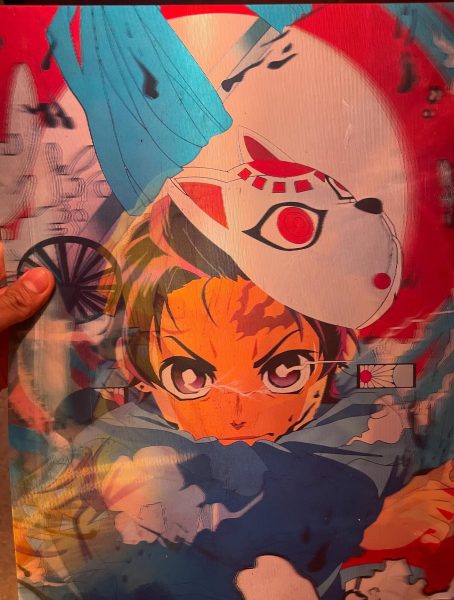
American comics and Japanese anime—two totally different art styles! Anime is all about bold lines, bright colors, and characters with different personalities. American comics, on the other hand, tend to go for a more realistic look.
American cartoons are even starting to explore more notes from anime’s unique storytelling style. This exchange is making cartoons more interesting and diverse. It’s not about one being better, but about both growing and changing.
Streaming platforms such as Netflix and Hulu have had a significant impact on the development of two major changes: virtual YouTubers (VTubers) and the growing popularity of anime-inspired video games. Many YouTubers use anime-style avatars in their work, making them appealing to anime lovers. These sites have increased the accessibility of anime to viewers worldwide, and as more individuals watch anime, interest in related media like VTubers and anime-themed video games increases. For example, the popularity of an anime on Netflix may increase sales of related games or manga.
It’s exciting to think about what the future holds for animation. As anime and American cartoons continue to blend their unique styles, we may see more shows and movies that combine the best of both worlds.
The Future of Animation
In the end, both anime and American cartoons have their own special qualities. While cartoons like Looney Tunes entertain with humor and fun, anime brings deeper storytelling, emotional characters, and themes that connect with people of all ages. Anime’s popularity keeps growing around the world, influencing artists and fans everywhere.
As both styles continue to change, we’re seeing a mix of anime’s emotional depth with the humor and style of Western cartoons. Whether you love the intense battles or the lighthearted fun of animation, animation will always be a way for people to connect and share stories. The future of animation is exciting and full of new possibilities.
Ultimately, anime’s impact has influenced people including artists, animators, streaming platforms, teenagers, and teachers. With its diverse genres, memorable characters, and interesting storylines, anime has something to offer to everyone. Whether you’ve been a lifelong fan or just discovering the world of anime, there’s always more to explore. So what are you waiting for? Dive into the world of anime and discover new things!
Questions/comments, reach out to Mr. Schmerler at [email protected].


